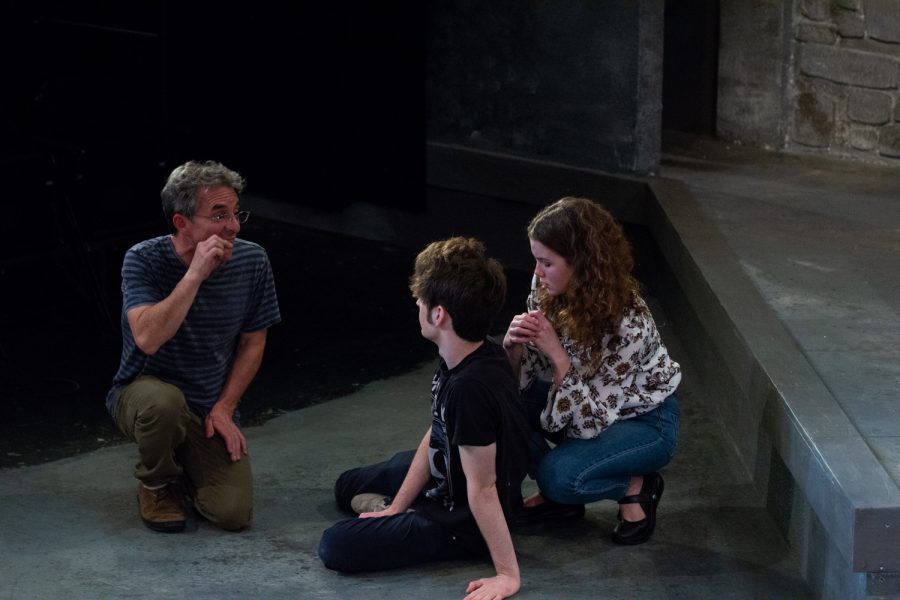Good Kid, m.A.A.d City represents Compton, but its aesthetic and mood have little to do with G-Funk. The glorified luster of gang life is absent from Kendrick Lamar’s first major-label album; the lyrics deal with the harsh realities of coming of age in an explosive, spiritually bereft and gang-plagued city. The scenes Kendrick paints are not perfectly chronological but they are vitally connected to each other. By the album’s conclusion he has acquired a collection of related puzzle pieces; the listener, therefore, must construct the larger narrative of Kendrick’s maturation and escape from the temptations of Compton’s underworld by putting the puzzle pieces together. Kendrick’s achievement here is enormous––through the use of rhyming action, he reasserts the credibility of the narrative in mainstream hip-hop.
The listener’s narratological challenges are aided in part by the skits which conclude several songs. The voicemails recorded by Kendrick’s mother at the conclusions of “Sherane a.k.a. Master Splinter’s Daughter,” “Money Trees” and “Real” are particularly instructive, anchoring the listener in the gradual trajectory of the narrative; following “Sherane”, Kendrick’s mother warns him not to “mess around with them hoodrats out there”, but after “Real,” she implores him to “tell [his] story to the black and brown kids in Compton … let ‘em know you was just like them, but you rose from that dark place of violence”.
This is but one example of rhyming action in Good Kid m.A.A.d City, an album which repeats itself in abundance. The album begins with a confessional prayer: “Lord God, I come to you as a sinner, and I humbly repent for my sins.” This prayer is repeated word-for-word at the conclusion of the album’s tenth track, “Sing About Me, I’m Dying Of Thirst”, in call-and-response form. From these examples of parallelism we can see that family and faith are the bonds which, frayed and outstretched as they may be, keep Kendrick from the underbelly of Compton’s beast.
Rhyming action is also used in GKMC to draw attention to disparities between the Christian virtues of temperance, repentance and nonviolence and the vicious realities of a “mad city.” The message of the prayer which introduces “Sherane” is quickly delegitimized in the second verse of the song––”It’s deep-rooted, the music of being young and dumb.” The album’s second track, “B**** Don’t Kill My Vibe”, places Kendrick at the wake of his cataclysm by referencing and subverting the prayer: “I am a sinner/who’s probably gonna sin again/Lord forgive me, Lord forgive me/for things I don’t understand.” Here, Kendrick preaches his own depravity, eschewing both family and faith.
Rhyming action achieves its greatest effect in Kendrick’s 12-minute magnum opus, “Sing About Me, I’m Dying of Thirst,” in which he assumes both his own voice and the voice of a downtrodden woman victimized by prostitution and gang culture’s commodification of her sexuality. These characters ask the same thing of the narrator: to “promise that they will sing about [them].” This bard-like performance of another identity cements his maturation; Kendrick has, by looking outside of himself, resisted the temptations of drugs, sex and gang activity. Nonetheless, this verse, like most others on GKMC, derives its power from the centrality of the tortured self. In the song that follows, “Real”, a voicemail from his mother confirms that Kendrick has become an enlightened storyteller, charged with relating his trials to the next generation of youths and giving them a voice. We have no choice but to trust him.















